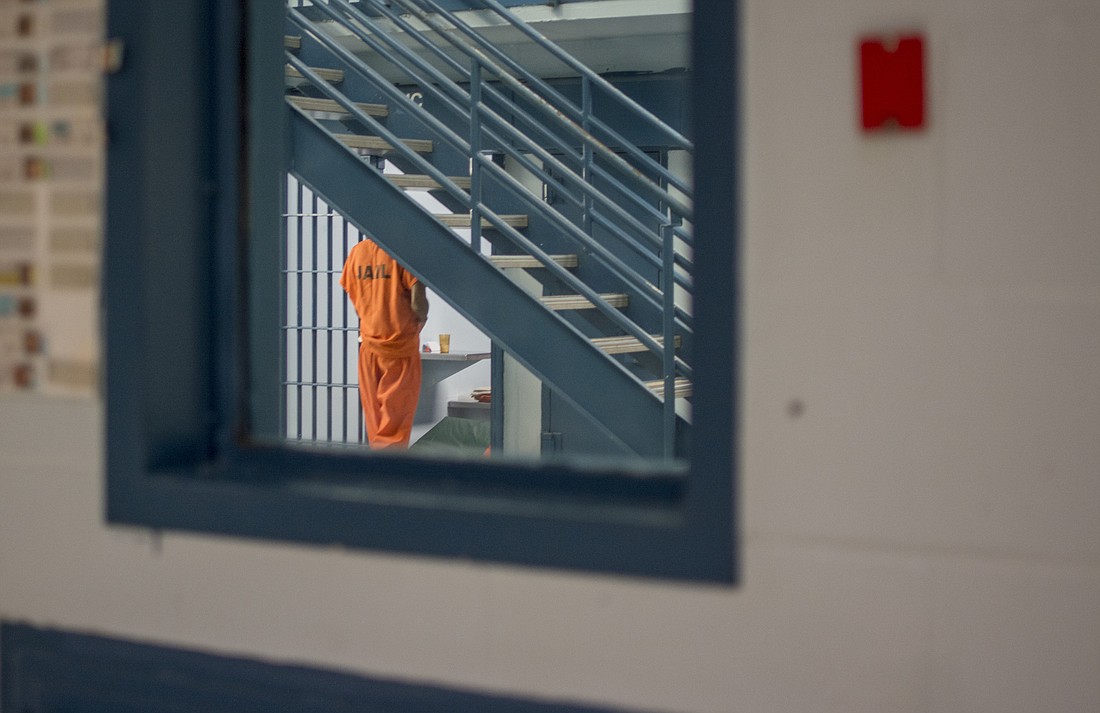- May 6, 2024
-
-
Loading

Loading

County staff and Sheriff Tom Knight have 90 days to meet with stakeholders and deliver options to county commissioners for reducing the jail population. The idea is to avoid building a new facility.
“Our efforts are to try not to overuse incarceration as a solution,” said Maj. Jeff Bell, the Courts and Corrections Division commander for the Sheriff’s Office.
With an operational capacity of 867, space at the jail on Main Street is already tight. Physically, the jail can hold more than 1,000 inmates, who usually stay for less than a year. But that total is often impractical when considering the needs of separately housing men and women, juveniles and adults, misdemeanor offenders and felons. A new jail could cost more than $100 million.
“We’re past the idea of just locking everybody up,” Commissioner Charles Hines said. “We understand it doesn’t work.”
With that in mind, commissioners OK’d the idea for Knight and county staffers to form a work group — including law enforcement, lawyers and judges and representatives from the county — to identify alternatives to incarceration. That’s the easy part, Knight said.
The hard part? “It will be, ‘How does everyone see it,’” he said.
A decade ago, as a criminal justice policy coordinator, Sarasota County’s Homeless Services Director Wayne Applebee was a leading participant in the same conversation: how to reduce the jail population to avoid having to build a new jail?
Even then, Applebee said, ideology was the biggest challenge.
“Getting everybody philosophically to at least try the same thing is always a struggle,” Applebee said, “I don’t care what you’re talking about.”
From that conversation came the Sheriff’s Offender Work Program, in an effort to keep some inmates out of the jail. Instead of serving jail time, eligible offenders work at county sites to serve their sentence. The county’s DUI Court also got started in an effort to divert people who were convicted of the crime from jails.
Applebee and his team also revamped the processes regulating the mental-health courts and drug courts.
By implementing these new programs and reworking existing ones, the jail population became more manageable.
Now, Applebee said he isn’t sure what stakeholders will choose to do.
“Once those players are convened, I think there are options and things that they can look at,” Applebee said. “I’m not sure what they would be willing to look at.”